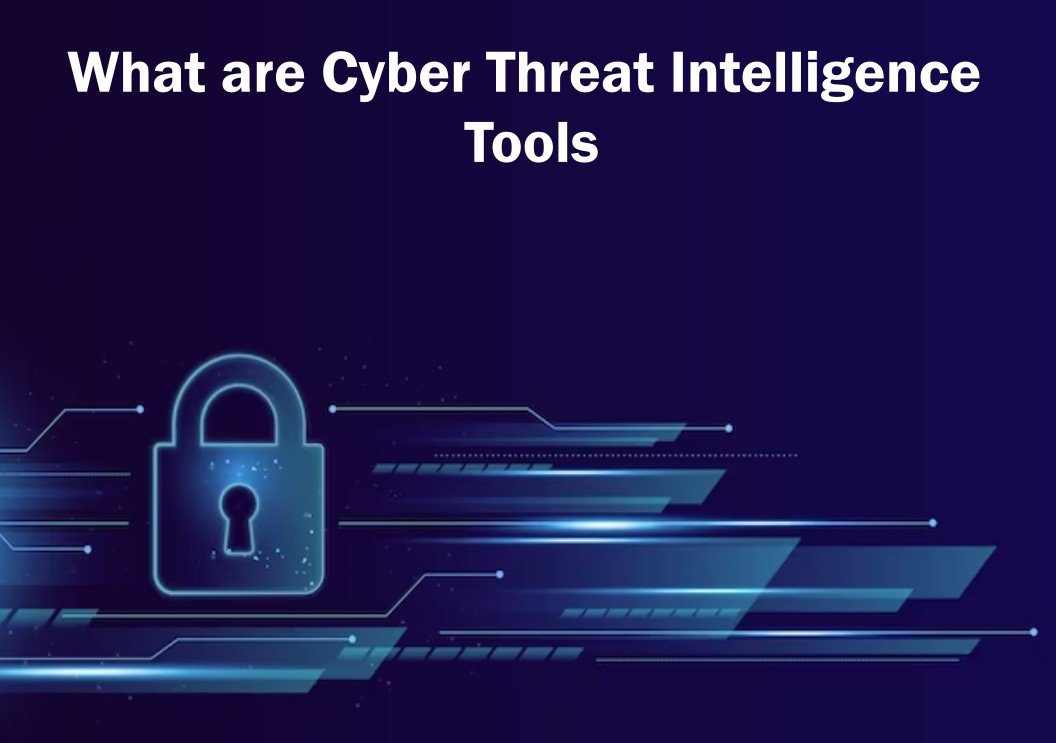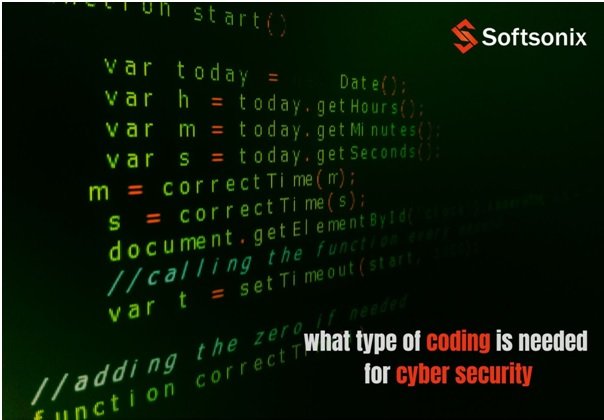What are Cyber Threat Intelligence Tools?

Credit - Freepik
Cyber threat intelligence tools are quality products for IT administrators and security personnel. These tools can provide valuable information from strategic to technical. Professionals can integrate them into other security technologies for better results. They can use threat intelligence tools to collect and analyze data for understanding potential breaches. The technology also helps to alleviate attacks that are already happening.
Methods to attack computer systems and networks continually evolve as hackers find new vulnerabilities to exploit. They may create a cybercrime to steal data, install malware, or disrupt services. Their prime goal is often financial gain. Cyber Threat Intelligence (CTI) updates firms about new threats, enabling them to protect themselves. Cyber security experts organize and evaluate information regarding cyberattacks. They use cyber threat intelligence tools to stop or mitigate unauthorized access. With detailed threat information, an IT team makes an informed decision.
What is threat intelligence technology?
Without understanding security flaws and threat indicators, defense against digital attacks is not easy. Threat intelligence gives factual information about cyberattacks compiled and analyzed by cyber security professionals. This information discloses the following aspects:
- Hackers
- Tactics
- Techniques
- Procedures
- Prevention method
- Protection mode
Cybersecurity professionals can recognize that an attack is happening or has happened by seeking indicators of compromise (IOCs). These indicators act as flags for detecting unusual activities. There are several types of IOCs, from simple elements (metadata) to more complex ones (complicated code of malicious content). Let us know more about these IOCs.
Also Read -
Unusual outbound network traffic
Traffic leaving the network is a sign that IT teams use to spot potential faults.
If outgoing traffic appears suspiciously unusual, the team monitors the pattern to see what is wrong. Since this traffic comes from within the network, it facilitates easy monitoring and timely actions to prevent threats.
Unusual privileged user account activity
Privileged user accounts may have access to sensitive areas of the networking. Anomalies in these accounts can help IT teams identify an attack early in the process before significant damage. Attackers often try to gain higher account privileges by moving from a compromised account to another one.
Geographical irregularities
Login attempts from countries where the organization does not conduct business may indicate a potential security breach. It may imply that a hacker in another nation is attempting to access the system.
HTML response sizes
If the standard Hypertext Markup Language (HTML) response size is small, but you see a significantly greater response size, this could suggest data exfiltration. As more data gets transferred to the attacker, its volume causes an increase in the HTML response size.
Increases in database read volume
When an attacker attempts to steal your data, their efforts may increase the read volume. It happens when the attacker resorts to gather a large amount of data.
Organizations can use cyber threat intelligence tools to understand malicious intentions and protect against them. It also helps mitigate existing attacks. In short, it allows firms to be proactive instead of reactive to cyber-attacks. The IT department gathers information through threat intelligence and advice on best security procedures. Eventually, the role of threat intelligence technology is vital for protection against hackers.
Different types of Threat Intelligence
IT administrators and security professionals use threat intelligence to collect necessary data. The professionals analyze this data to plan for possible breaches and protect systems from threats. From high-level to technical, threat intelligence can provide all kinds of details. Here are some categories of threat intelligence.
Strategic
Strategic threat intelligence provides high-level information that enables the IT team to understand potential data breaches. It focuses on non-technical context and long-term trends in the cyber threat landscape. For example, it gives an insight into how a business can analyze the risk of digital attacks.
Tactical
Tactical threat intelligence informs how malicious actors can compromise an IT space. It focuses on tactics, techniques, and procedures (TTPs) of cybercrimes, providing insight into potential attacks. IT professionals use tactical threat intelligence to decide on crucial matters, such as security controls and defense management.
Operational
Operational threat intelligence gives information gathered directly from the attackers. It helps the security personnel understand their motive, timing, and methods. With this information, professionals can proactively detect and prevent the loss. Examples include malicious social media content and clear-dark web chat forums.
Technical
Technical threat intelligence provides information usually generated by artificial intelligence (AI) tools. The technology helps find malicious actors who bypass detection by other means. IT teams use technical information to investigate a security incident or monitor for new threats. Some examples include attack vectors used by cyber attackers and Command and Control (C&C) domains.
Top cyber threat intelligence tools
Organizations can stop or prevent a malicious act if they recognize threat sources. Eventually, all IT firms should incorporate cyber threat intelligence tools into their business security plan. Today, various cyber security products are available at a price or no cost through the open-source community. Each encompasses slightly different approaches for gathering threat intelligence data. Some trending tools are:
- SpectralOps
- Kaspersky
- Malware
- Recorded Future
- OX Security
- ThreatConnect
- LookingGlass Cyber Solutions
- Cisco Secure Malware Analytics
- MISP threat sharing
- IntSights External Threat Protection (ETP) Suite
Also Read -
FAQs
1. Why are cyber threat intelligence tools essential?
Ans. In the digital era, ransomware attacks and data breaches are becoming more frequent. For this reason, using cyber threat intelligence tools is necessary. It streamlines security processes by notifying you about data leaks, vulnerability detection, and third-party dependencies. Integrating threat intelligence ensures you get a comprehensive view of your security posture. It facilitates data collection from all the relevant sources to identify and prevent cyberattacks.
2. Are cyber threat intelligence tools free or paid?
Ans. Some threat intelligence tools are open-source or have free versions, while others are costly commercial products. The amount spent on cybersecurity solutions varies, but it often falls around 10% of the annual IT budget. The value depends on the business size, number of users, support level, and provided features. Robust cybersecurity is crucial because it protects your operations and brand, strengthening customers' trust.








